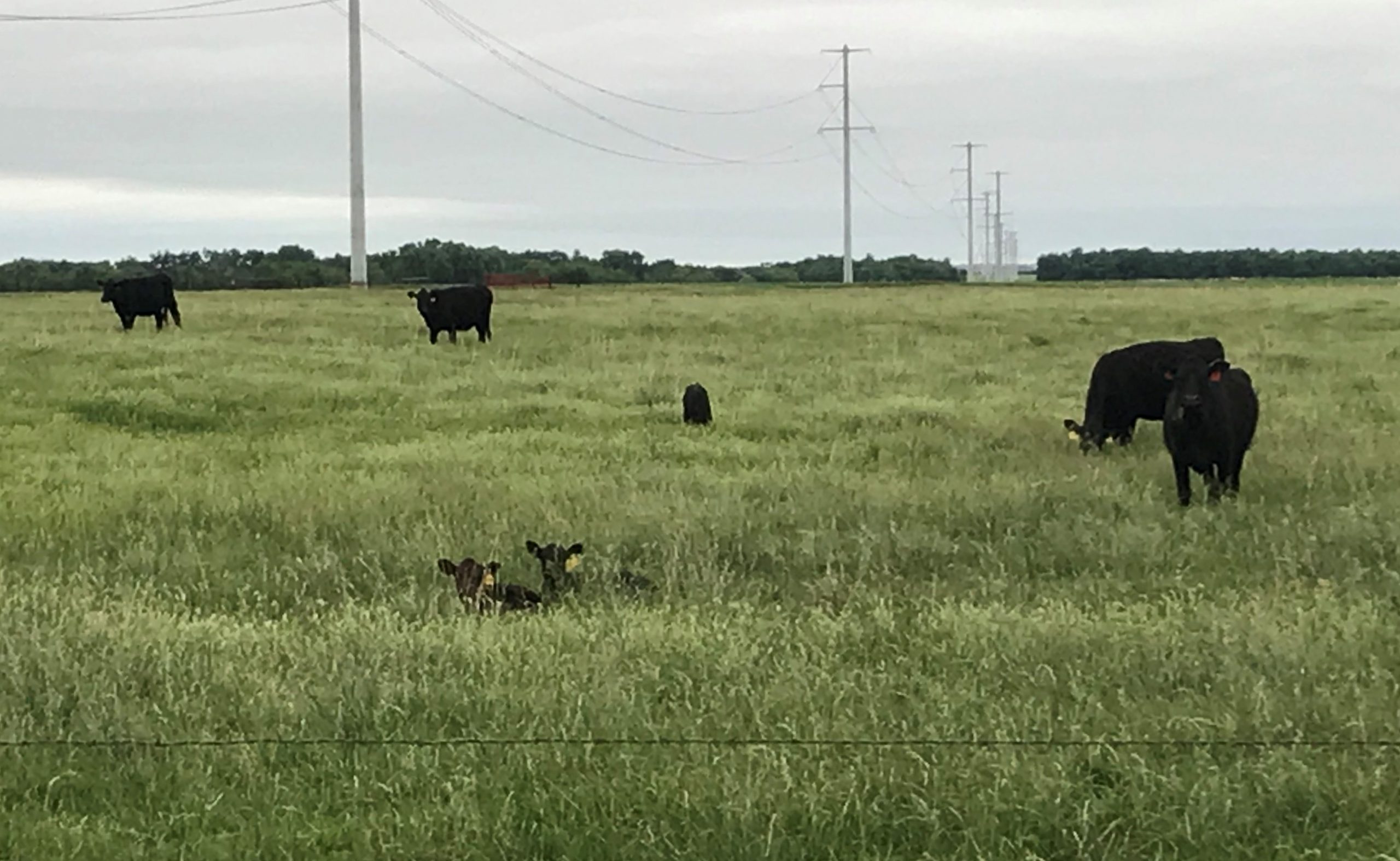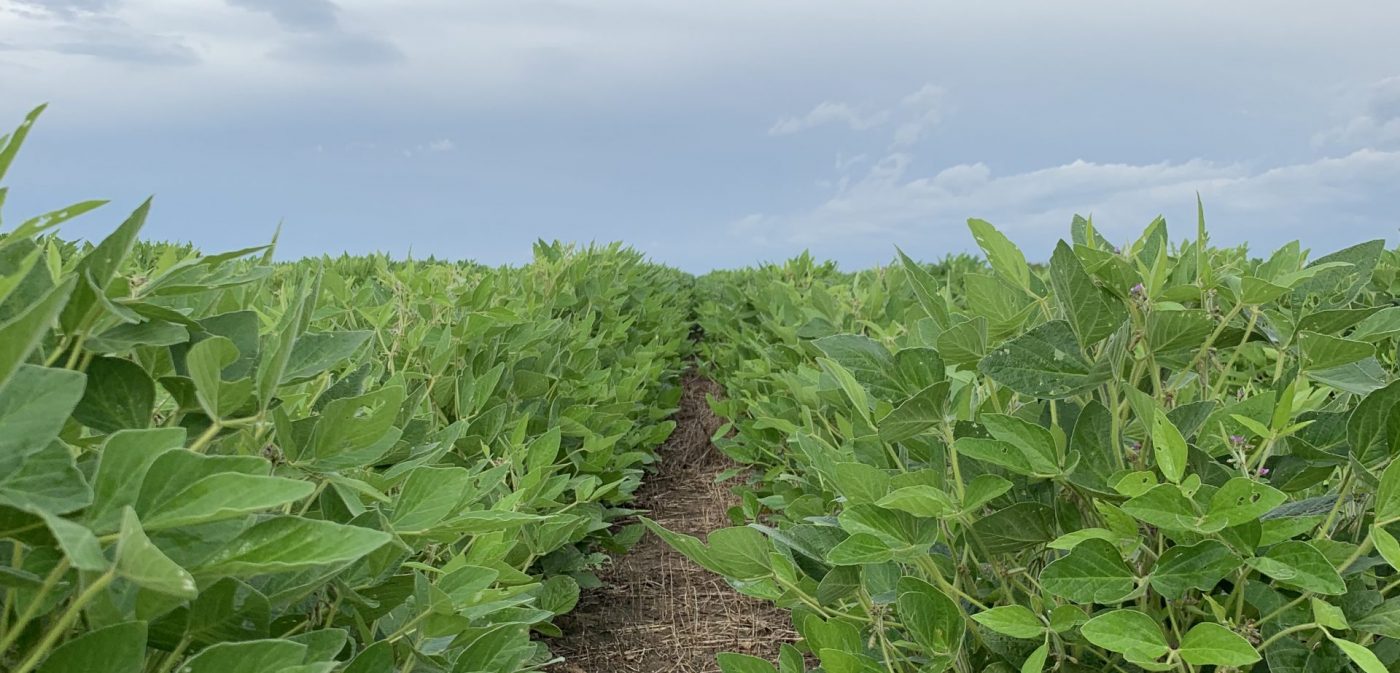
Cattle and Calving
Calving season is an amazing time of year! It’s the season cow-calf producers work towards all year to get to. Don’t get me wrong… it’s not always easy. The joy of bringing another life into the world is a blessing but just like with people, it doesn’t happen seamlessly.
Every operation is a bit different and this is true for so much more than just the calving season; producers feed a variety of diets, mineral programs, breeding practices, etc. Some producers use bulls to naturally breed their females, while other producers utilize relatively newer technologies.
Calving is a bit different in every operation and having studied this…I’ve come to learn that my family’s operation has many differences. In no way am I implying that one is right and one is wrong. The best part about agriculture is that there isn’t just one solution to a problem/situation.

My family has two herds: dad’s business herd and the girl’s (mom and two daughters) cute herd. YES!! You read that right! Us girls… not only have our own herd but it started with the cutest sale barn baby you’ve ever seen!! AND SHE’S STILL IN THE HERD!! Back in 2006, mom and dad went to the sale barn to sell some steers. While sitting there waiting to see our cattle sell, mom saw the cutest calf that had been born at the sale barn. They didn’t want much for her because they just needed to get her sold. She didn’t have any shots or even an ear tag. Mom looked at dad and said “AWWW! She’s so cute! Can we buy her?” and dad replied with “We don’t buy on cuteness.” So mom bought it and we named her Amy. This story is brought up every time we say that the new babies are CUTE!! Not only is she still in the herd but she has nice healthy calves. Dad swears she calves every six months… and the gestation length for cattle is nine months.
Having two herds does complicate things a little bit but dad’s cows have yellow ear tags and our cows have orange tags. I don’t know if other operations do this but it works for us! We can’t just keep them in different pens because that would require more fencing and moving the bulls around more. We have three groups of cows divided up by age and there is one bull in each pen. That’s another difference in our operation. We breed our cattle via natural service. Many producers still use natural breeding while others use artificial insemination, embryo transfer, or in-vitro fertilization. The big difference is that we have spring and fall calving. I know for sure not every operation does this. So here’s how it works… depending on the age of your bull he can service 20-40 cows. When you have a bull only working during one calving season, he’s expensive to keep around. But if he works twice a year, he pays for himself a lot faster.
The last thing I’ll say about calving at this time is that it’s not always seamless. Bull selection and breed can play a big role in calving ease and dystocia (calving/birthing difficulties). I think the genetics behind a herd is fascinating. We can use selection tools to help pick out the best bull for our operation to help us achieve our goals. In the past 10 years, we have started to put more emphasis on EPDs (Expected Progeny Difference) which is half of the breeding value.
Calving is amazing. See the new calves running around chasing after each other is always CUTE but there is truly a team of people that made that happen.
I’m sitting outside as I write this. Since moving home, I realized just how much I missed wide-open spaces, watching the wheat grow and hearing the birds chirp. So I’ll leave you with my view this evening.





